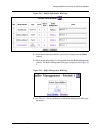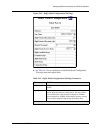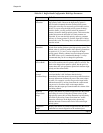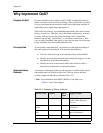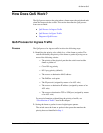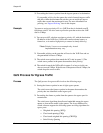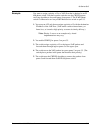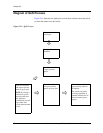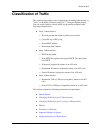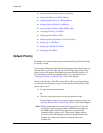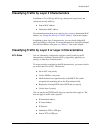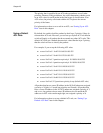
Document No. 10-300077, Issue 2 25-3
80-Series QoS
How Does QoS Work?
The QoS process starts at the point where a frame enters the switch and ends
when the frame exits the switch. This section describes the QoS process
from start to finish:
■ QoS Process for Ingress Traffic
■ QoS Process for Egress Traffic
■ Diagram of QoS Process
QoS Process for Ingress Traffic
Process The QoS process for ingress traffic involves the following steps:
1. Identifying the priority, also called class, of the frame or packet. The
switch can identify the priority of the frame or packet by using one or
more of the following criteria:
— The priority of the physical port that the switch received the
frame or packet on
— Cisco ISL tag priority
— 802.1p tag priority (default)
— The source or destination MAC address
— The DiffServ code point
— The IP protocol (assigned by means of an ACL rule)
— The source or destination IP address (assigned by means of an
ACL rule)
— The source or destination TCP or UDP port (assigned by means
of an ACL rule)
For more information on identifying the priority of traffic, see
“Classification of Traffic” later in this chapter.
2. Storing the frame or packet in one of eight ingress queues.
The switch stores the frame or packet in the queue that matches the
priority that was identified in Step 1.



